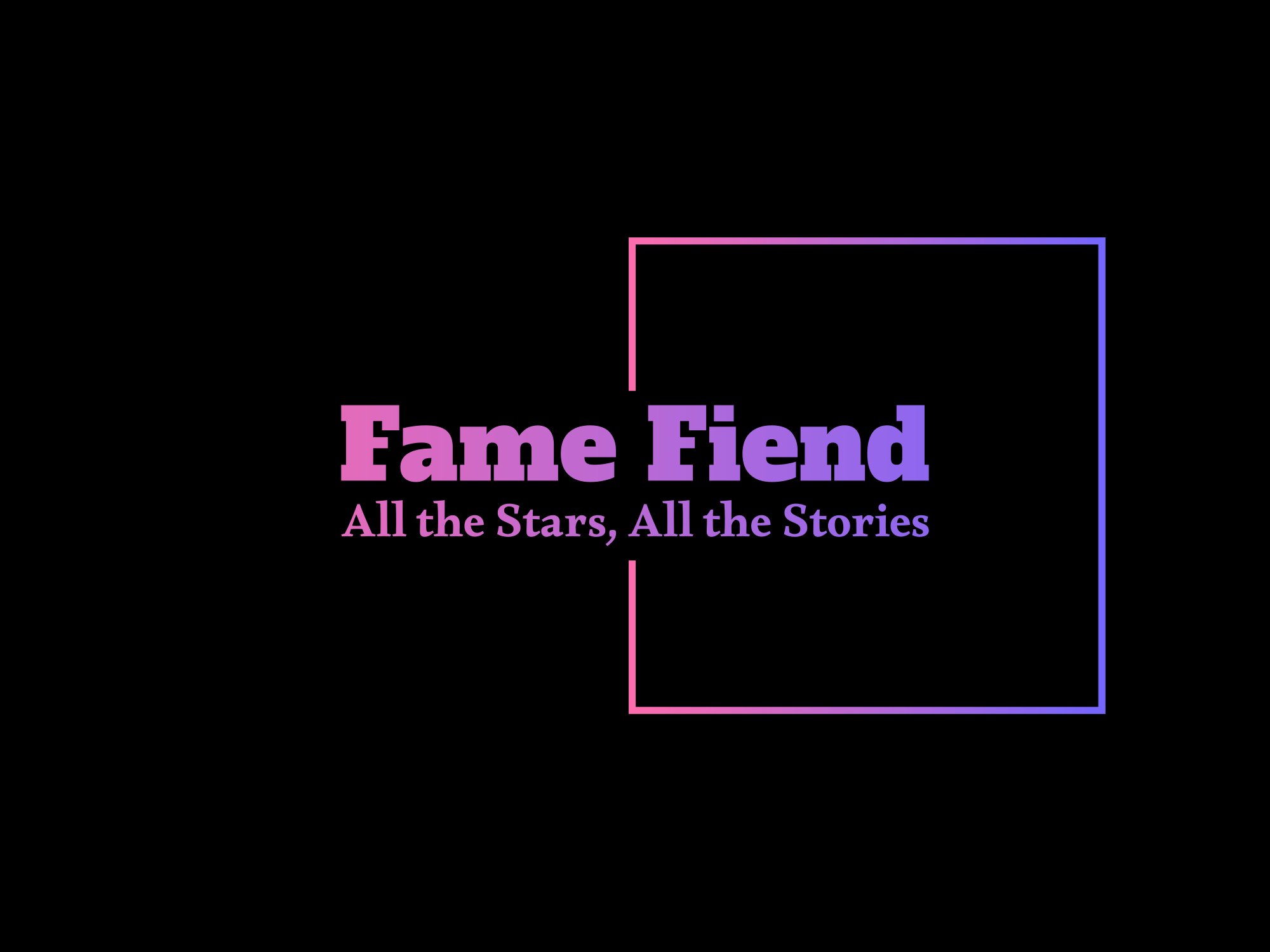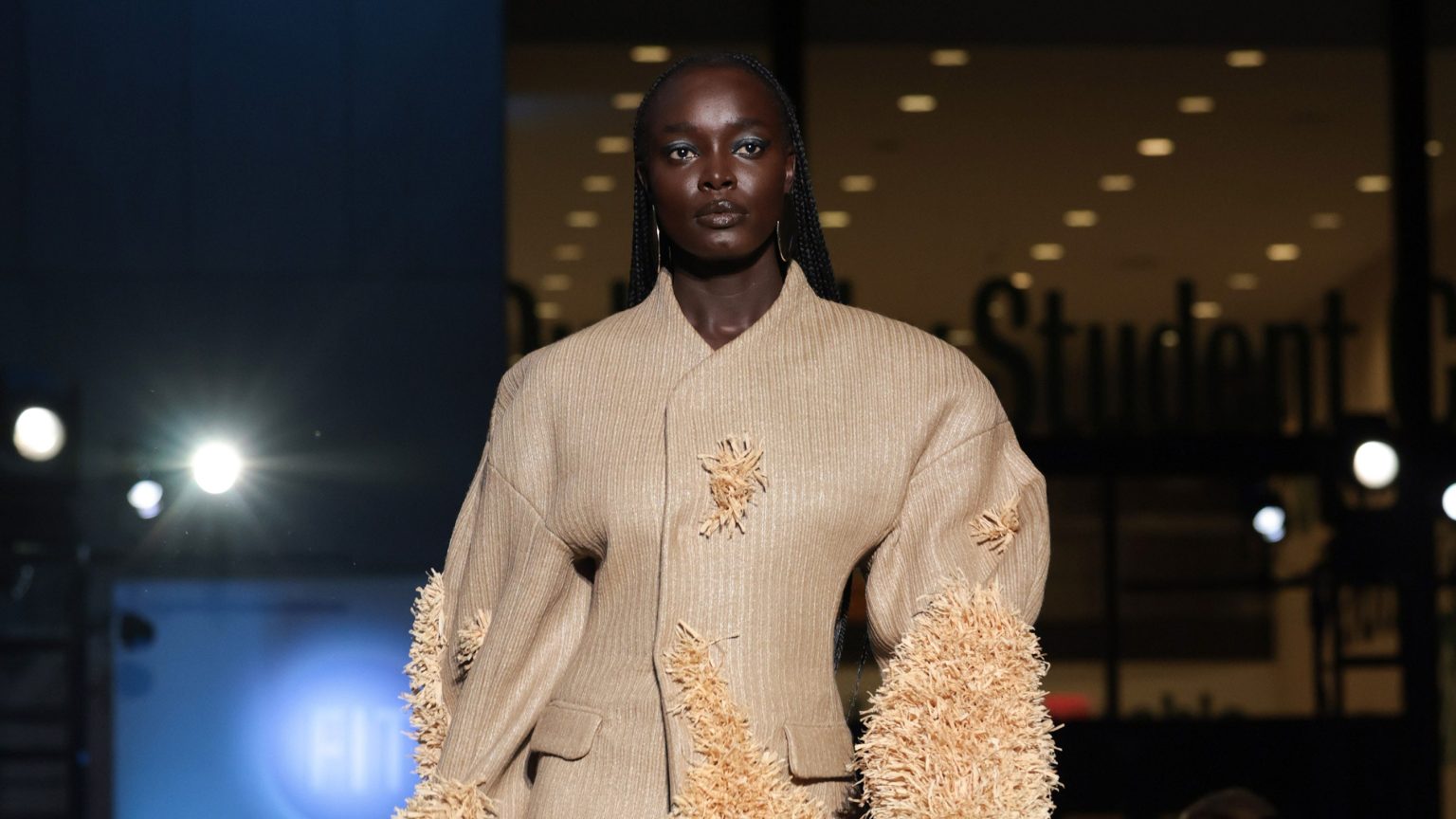Sixty-seven members of the Fashion Institute of Technology’s graduating class presented 82 looks in five categories—sportswear, children’s wear, knitwear, intimate apparel, and special occasion wear—at the Future of Fashion show. The event was sponsored by Macy’s, which will also put into production the designs of a number of students they selected.
Over the past few years, students at design schools around the globe have been engaged with a progressive agenda. The work of this class was notably tamer in terms of palette and silhouette, and with no obvious explorations of gender. In fact, the manosphere was nowhere present—which can be partly explained by the fact that menswear at the school is only offered as an associate degree and is not included in the BA show. That’s not to say that students shied away from topical subjects, (more on that to come), but as Troy Richards, dean of the School of Art and Design shared, “what I feel like I’ve experienced this year was an almost overcorrection from some of the progressive politics that we were advancing.”
Concurrently, in the aftermath of the pandemic, the dean has noticed that the students have “reengaged with material…we’ve seen a rapid improvement in their hand skills and an interest in a variety of textures, of materials, of structure.” All of these qualities were present in the work of Allison Margaret Smith (looks 1 and 3), who kicked off the show with pieces made using raffia, straw, jute, and balsa wood, from a collection that she hoped would “connect with the vast landscapes of America and pay tribute to the resources this land has provided for all its inhabitants.” Photographs of Pittsburgh’s evolution from the Carnegie Museum of Art’s Photography Collection were the starting point for Austin Marshalek’s knitwear (looks 52 and 53), while Nathaniel Samuel’s Belle Epoch-ish opera coat (look 80) was designed as a “love letter” to New York.
Roots and family continued to motivate students like Evelyn Hernandez (look 6) from Mexico who dreamed up a leg shawl, and Jegu Kim who presented a pretty and poufy ensemble that reinterpreted elements of traditional Korean attire (look 18). Jennifer Sze, the daughter of a stone mason, referenced her father’s tools and materials in a sculptural pleated ensemble in shades of blue (look 60). Amanda McVey considered “the traditions of the Scottish diaspora” by hand-shaving a plaid pattern into a shearling topper (look 26); Leyi Huang borrowed from “religious practices of ancient Tibet” (looks 75/76) for her evening looks; and Bilegbayar Senegedorj was “inspired by the shamanic traditions of the Mongolian steppe” (look 19). Borrowing from the tale of “Şahmeran,” about “the mystical and transformative power of the serpent,” Servan Bilici transformed a traditional jacket and pants into something delicate and unexpected (look 23).

